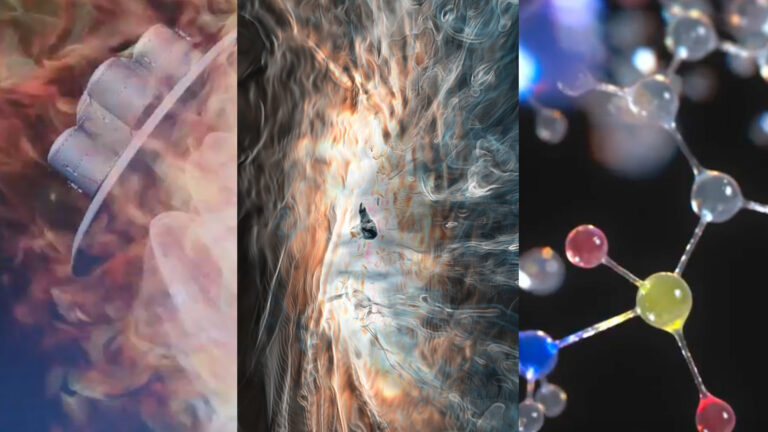Welcome Gemma 2 – Google’s new open LLM
 XGBoost is a highly effective and scalable machine learning algorithm widely employed for regression, classification, and ranking tasks. Building on the…
XGBoost is a highly effective and scalable machine learning algorithm widely employed for regression, classification, and ranking tasks. Building on the…
XGBoost is a highly effective and scalable machine learning algorithm widely employed for regression, classification, and ranking tasks. Building on the principles of gradient boosting, it combines the predictions of multiple weak learners, typically decision trees, to produce a robust overall model. XGBoost excels with large datasets and complex data structures, thanks to its efficient…
 High-performance computing (HPC) is the art and science of using groups of cutting-edge computer systems to perform complex simulations, computations, and data…
High-performance computing (HPC) is the art and science of using groups of cutting-edge computer systems to perform complex simulations, computations, and data…
High-performance computing (HPC) is the art and science of using groups of cutting-edge computer systems to perform complex simulations, computations, and data analysis that is out of reach of the standard commercial compute systems available.
 Step-by-step guide to build robust, scalable RAG apps with Haystack and NVIDIA NIMs on Kubernetes.
Step-by-step guide to build robust, scalable RAG apps with Haystack and NVIDIA NIMs on Kubernetes.
Step-by-step guide to build robust, scalable RAG apps with Haystack and NVIDIA NIMs on Kubernetes.
 In financial services, portfolio managers and research analysts diligently sift through vast amounts of data to gain a competitive edge in investments. Making…
In financial services, portfolio managers and research analysts diligently sift through vast amounts of data to gain a competitive edge in investments. Making…
In financial services, portfolio managers and research analysts diligently sift through vast amounts of data to gain a competitive edge in investments. Making informed decisions requires access to the most pertinent data and the ability to quickly synthesize and interpret that data. Traditionally, sell-side analysts and fundamental portfolio managers have focused on a small subset of…
 Full fine-tuning (FT) is commonly employed to tailor general pretrained models for specific downstream tasks. To reduce the training cost, parameter-efficient…
Full fine-tuning (FT) is commonly employed to tailor general pretrained models for specific downstream tasks. To reduce the training cost, parameter-efficient…
Full fine-tuning (FT) is commonly employed to tailor general pretrained models for specific downstream tasks. To reduce the training cost, parameter-efficient fine-tuning (PEFT) methods have been introduced to fine-tune pretrained models with a minimal number of parameters. Among these, Low-Rank Adaptation (LoRA) and its variants have gained considerable popularity because they avoid additional…
 This post is part of the NVIDIA AI Red Team’s continuing vulnerability and technique research. Use the concepts presented to responsibly assess and increase…
This post is part of the NVIDIA AI Red Team’s continuing vulnerability and technique research. Use the concepts presented to responsibly assess and increase…
This post is part of the NVIDIA AI Red Team’s continuing vulnerability and technique research. Use the concepts presented to responsibly assess and increase the security of your AI development and deployment processes and applications. Large language models (LLMs) don’t operate over strings. Instead, prompts are passed through an often-transparent translator called a tokenizer that creates an…
SyncTwin’s application enables teams to optimize industrial efficiency while enhancing sustainability across manufacturing processes.
